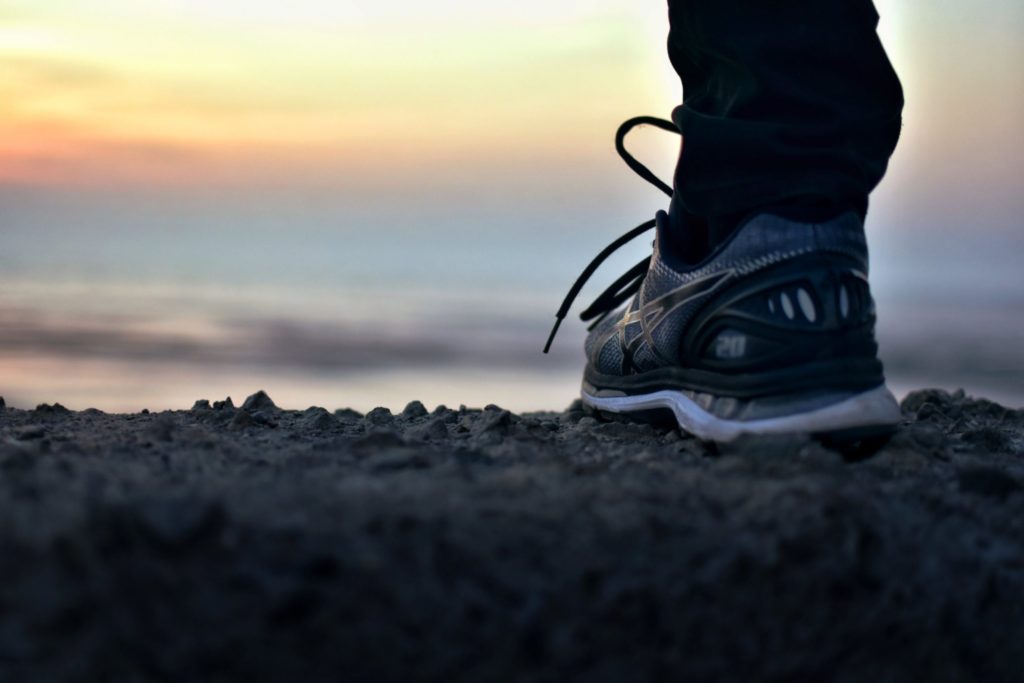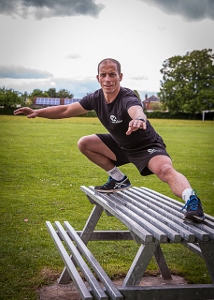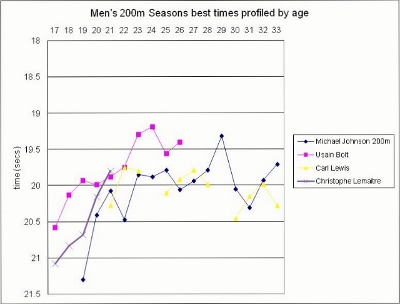What is the best way to lose weight and get fit for parents?
Leave a CommentParents are keen to get healthy

In the last month, I have been asked by three different parents of young athletes ‘what is the best way to lose weight and get fit?’
Excelsior Athletic Development Club was set up to help young people develop their athleticism and skills but adults wanting to get fit have different requirements. Earlier in my career, I was a manager at three health clubs where 90% of the members wanted to lose weight or get fit.
I shall give some ideas to help you get started below. I am approaching this from what will work for you. I am not selling you anything, nor am I a zealot who says that you must do, ‘Activity X because that is what I like.’
If anyone tells you that you must do something, beware. Just because the Park Running, Kettlebell- swinging or Zumba-shaking enthusiast enjoys their activity does not mean that it is right for you.
- No single exercise or activity is the answer to all your needs.
- But any single exercise or activity is better than nothing!
Where to start?
- Don’t feel too bad: only 1 in 5 adults meet the current guidelines for aerobic exercise and muscle-strengthening exercises() worldwide. (Aerobic exercise means activities that are continuous, raise your heart and keep it there for several minutes and get you slightly out of breath).
2. Consistency is key: so only start something that you can keep doing. What is the least amount of work that you can guarantee that you can do every day? Is it 10 minutes, or is it 1 minute? Most people fail to create an exercise habit because they overreach at the start. They quit within days (or weeks if lucky) because they try to go from zero to hero in one gigantic leap.
Stacking success leads to a sense of achievement and a positive feedback loop:
‘I did it. I can do it again.’
You then keep going and might be able to add more later on. This allows your body to get fit gradually. Of course, exercising for 20 minutes a day is better than 1 minute a day, but you have to be able to keep it up.
3. I think walking is a good place to start for most people (and underrated) If you are overweight and unfit then trying to run will lead to misery: the shuffling pace that beginners set leads to injury and misery. It is better to walk briskly than to slog. Again, as you get fitter and your weight decreases, running might become an option.
When the weather improves, cycling is another great way to lose weight with minimal impact on joints. You don’t have to wear lycra or buy carbon-fibre earrings, just get on a bike and enjoy the countryside.
4. Muscle-strengthening exercises are as important for your health as aerobic exercise. Bodyweight exercises are a great start because they require no equipment and can be done at home. Here are some ideas that our club members use for warm-ups.
Start off slowly and do them regularly. Don’t worry if you only do 2 or 3 reps at the start. Again, once you get into the habit and build confidence and strength you can add dumbbells or other tools to get stronger. Don’t forget all the equipment in the park that you can use too.
5. Controlling what you eat has to be part of the plan to lose weight. This video explains how I lost 8kg and have managed to keep it off for four years.
Find a training partner
Having someone to walk around the village with or to help with recipe ideas is a proven factor in success. You may not feel confident in joining a class yet (and you have to pick what is right for you) but having a friend who walks or squats with you helps to keep you going.
Conversely, avoid those with bad habits who constantly seek to drag you down.
You are trying to make a positive change in your life. Well done. Keep going and good luck.




 Working with a decathlete last week, I said that I was going to make him into a “roughty toughty track and field athlete“.
Working with a decathlete last week, I said that I was going to make him into a “roughty toughty track and field athlete“.